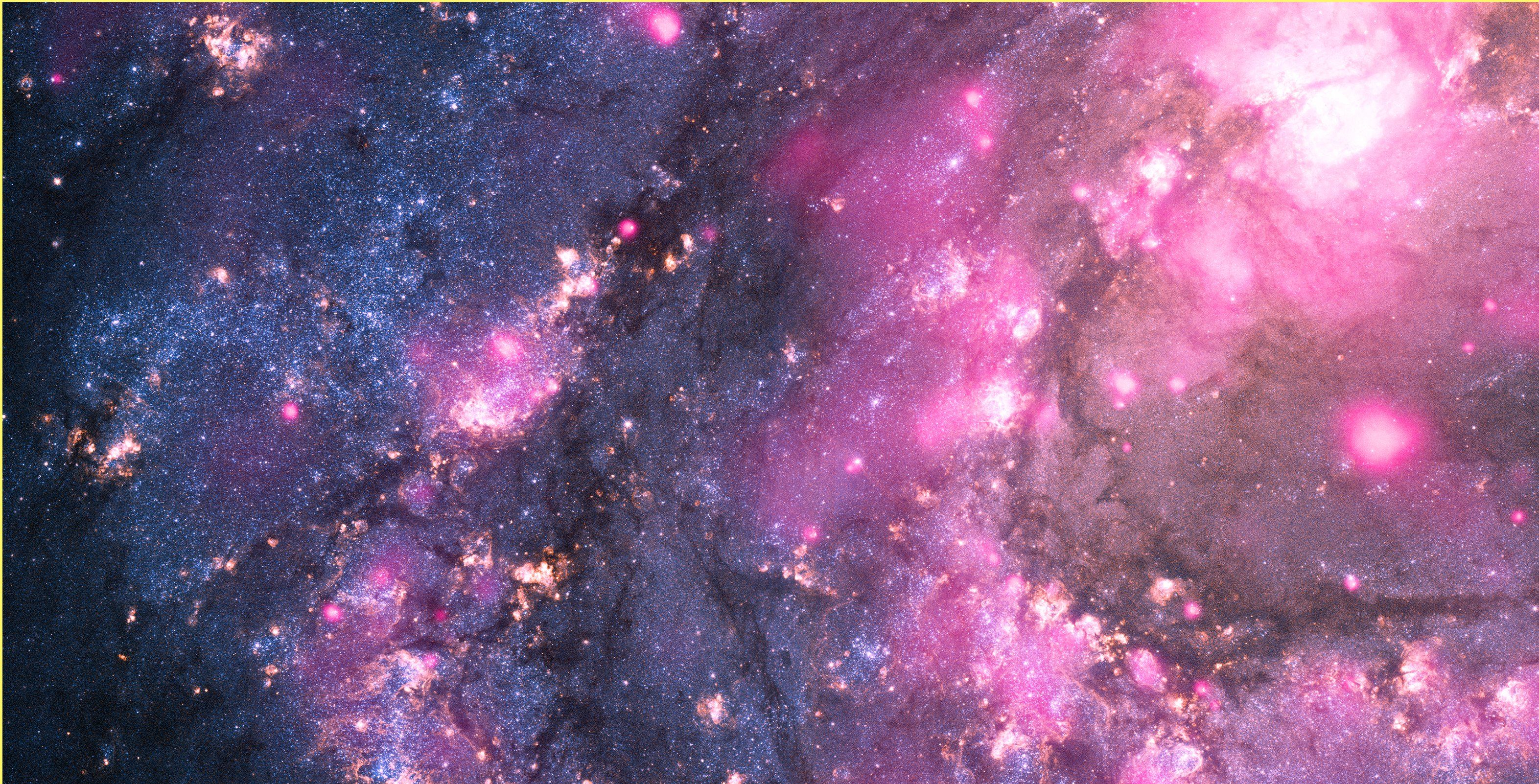Create a free profile to get unlimited access to exclusive videos, sweepstakes, and more!
SpaceX set to launch NASA’s awesome black hole explorer…and soon

Now that humanity has taken an actual photo of a black hole, we can’t just stop there. Enter NASA’s latest mission. NASA has now given SpaceX what might be the coolest mission contract ever. That would be $50.3 million to launch the space agency’s Imaging X-Ray Polarimetry Explorer (IXRP) and cover other mission-related expenses. IXRP is an upcoming space telescope (more like three telescopes in one) that will capture images of the impossible — its eye will view black holes and neutron stars like nothing ever has.
"SpaceX is honored that NASA continues to place its trust in our proven launch vehicles to deliver important science payloads to orbit," SpaceX president and COO Gwynne Shotwell told Newsweek. "IXPE will serve as SpaceX's sixth contracted mission under NASA's Launch Services Program, two of which were successfully launched in 2016 and 2018, increasing the agency's scientific observational capabilities."
What IXRP will beam back to Earth is polarized X-ray light data from these cosmic phenomena. If you own polarized sunglasses, you might have an idea of what this means. When light waves are polarized, their vibrations, which normally occur in multiple planes, are limited to just one plane. This helps when you’re looking at the highly dense corpses of stars that had previously exploded into supernova deaths. IXRP will also be equipped with hypersensitive detector tech that will be able to get up close to some really extreme electric gravitational and magnetic fields.
Speaking of magnetic fields, IXRP will explore magnetars, neutron stars with ridiculously powerful magnetic fields that NASA calls “the most magnetic stars in the universe.” They can spontaneously erupt at one moment and ghost on you the next, so astronomers have had difficulty getting the timing right to observe them.
“The Imaging X-ray Polarimetry Explorer (IXPE) expands observation space by simultaneously adding polarization to the array of X-ray source properties currently measured (energy, time, and location),” said a team of scientists in a study recently published in Results in Physics. “IXPE will thus open new dimensions for understanding how X-ray emission is produced in astrophysical objects, especially in systems under extreme physical conditions.”
IXRP is expected to give us some mind-blowing answers about some of the universe’s weirdest phenomena. Gravity, electricity, and magnetic fields reach their limits in environments this extreme. Even the brains at NASA don’t know everything that is lurking in black holes and other types of dead stars.
Just in case IXRP sounds like something so far out in the future that we might all end up being cosmic dust by then, this is all happening in 2021. It will be launching that April from Complex 39A at the Kennedy Space Center in Cape Canaveral, Florida.
(via NASA)


























